Notice something missing?
Yes, the antenna has been cleanly ripped out of this poor receiver. Time to get out the soldering iron...
WARNING: This and other DIY projects are purely "at your own risk". If you are at all uncomfortable or inexperienced working with electronics, please reconsider doing the job yourself.
The antenna connects to the round soldering pad and the vertical strip on the left side of the receiver, shown in the following picture:
First clean off the soldering pads, removing any left-overs from the original antenna. De-soldering braid is very useful for this job.
The antenna is simply a 19 cm long piece of 1.2 mm thin COAX wire. I found some spare wire in an old Wi-Fi equipment that was no longer in use.
On one side carefully strip off 2 mm of insulation using a sharp hobby knife. This exposes the shielding braid.
Unravel the braided wires and form two neat bundles on opposite sides.
The following picture shows how the wire will be mounted on the receiver.
Now strip of approximately 0.5 mm of the insulation of the centre wire. Then pre-tin the centre wire as well as the shielding lobes.
Solder on the centre wire, then each side of the shielding wires.
This completes work on the receiver, but we still need to form the actual antenna.
Strip off exactly 30 mm of the outer insulation. You need to be very precise as this affects the quality of the antenna.
Unravel the braid and cut it off exactly at the remaining insulation. This completes the antenna.
Do perform a range check to ensure it is working fine!

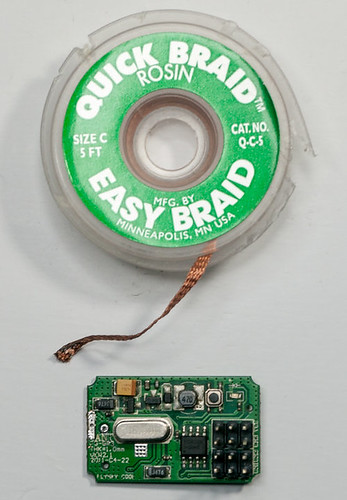
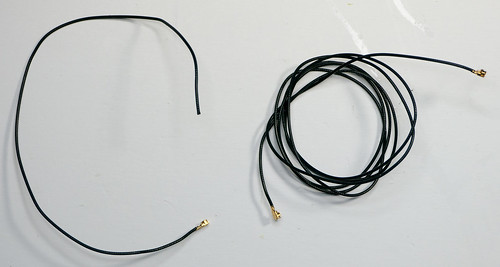

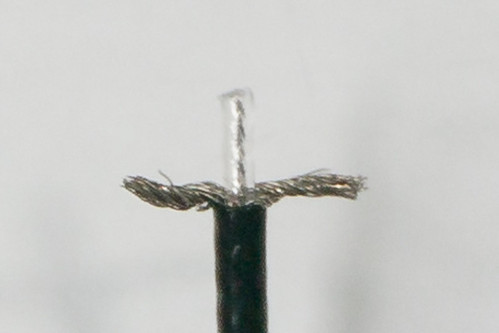
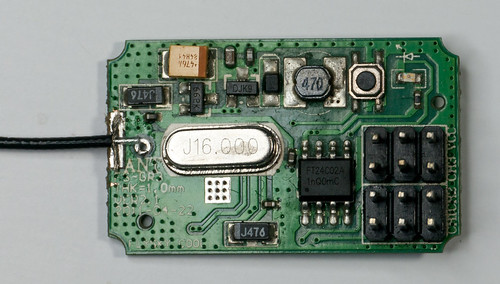
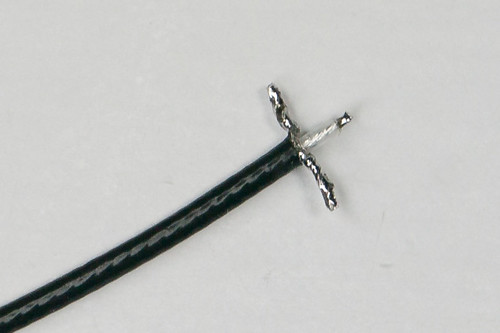
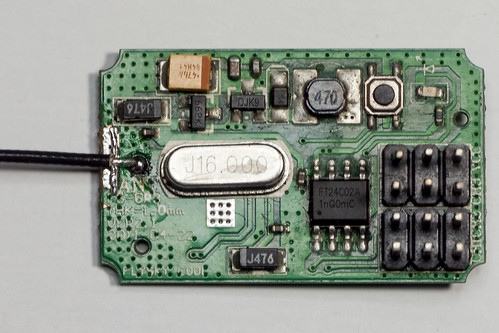

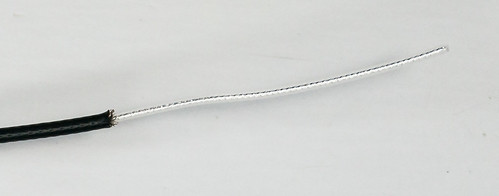
Thanks for the information. I just fixed my broken antenna and went from about 20' to 180' range on my wraith with Flysky's. I stole a coaxial out of a bluetooth antenna from an old broken computer. Was twice the size of what came out of it but it is working great so far with a little case modification to fit the wire.
ReplyDeleteThanks for the info! Do you have a photo of the repair / antenna? Would be interesting to see.
DeleteI broken my receiver antenna. One half cut out.But it works properly.If antenna broken in one half what will happen
ReplyDeleteThe important part is the exposed bit of the antenna. The length of the rest of the cable does not matter.
DeleteIf the exposed part got cut off, the range will be drastically reduced.
how to check reciever not working may be smoked
ReplyDeleteFirst do a visual inspection. Remove the case and look for charred components, or other signs of damage such as fluid stains and corrosion.
DeleteIf everything looks fine, hook up the receiver to a power source, a servo. Receivers usually have a visual indicator (LED) to show that they receive power. Turn on your transmitter and see if the servo operates. You may need to perform the bind procedure to get it to work.
To perform a range test, you ideally need two persons and a large open field. Connect a servo and battery source to the receiver and walk away from the transmitter. After a certain distance, the guy with the transmitter moves the controls in a pre-defined direction repeatedly. Use hand signals to see what action is being done. Then continue walking away from the transmitter until the servo no longer moves. Apply common sense whether the range achieved is acceptable for your model.